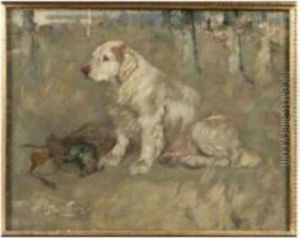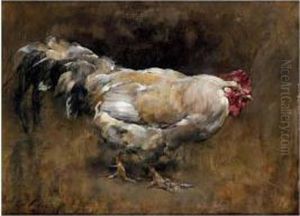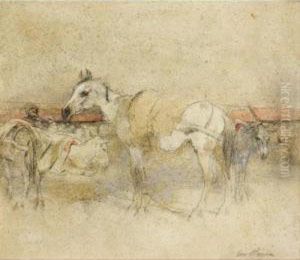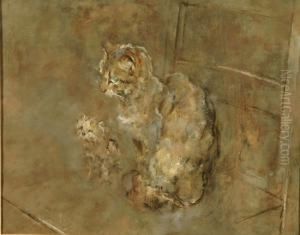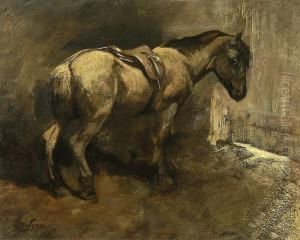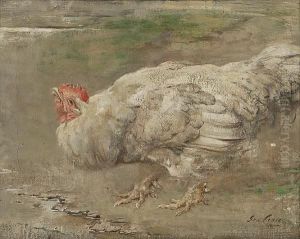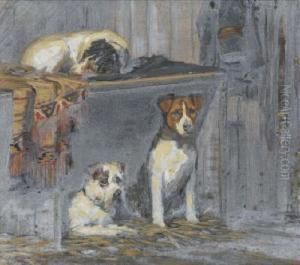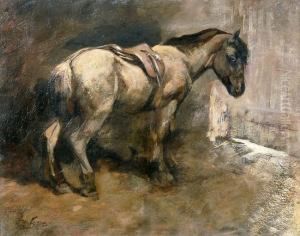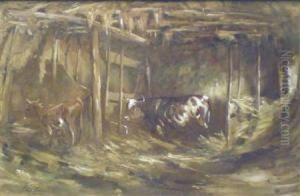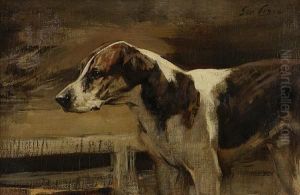George Pirie Paintings
George Pirie was a Scottish artist, born in 1863 in Aberdeen, Scotland, and passed away in 1946. His life and career spanned a period of significant change in the art world, from the late Victorian era through the tumultuous years of the early 20th century, including the First World War.
Pirie was educated at Gray's School of Art in Aberdeen, where he developed a foundation in traditional painting techniques. He furthered his studies at the prestigious Académie Julian in Paris, a popular destination for aspiring artists of the time, where he was exposed to the cutting-edge movements of Impressionism and Post-Impressionism. These influences would later be reflected in his work, which often focused on landscapes and rural scenes, imbued with a sensitivity to light and atmosphere that suggests the impact of these revolutionary artistic movements.
Upon returning to Scotland, Pirie became an influential figure in the Scottish art scene. He was a member of various art societies, including the Royal Scottish Academy, where he regularly exhibited his work. His paintings were well received, praised for their vibrant use of color and dynamic brushwork, which brought the Scottish countryside to life. Pirie's work captures the essence of Scotland's rugged landscapes, serene lochs, and quaint villages, reflecting a deep love and understanding of his homeland.
Despite his success, Pirie remained relatively modest and focused on his art rather than seeking fame. He lived through both World Wars, which impacted the art market and societal attitudes towards art. Throughout these challenging times, Pirie's work provided a sense of continuity and solace, reminding viewers of the enduring beauty of the natural world.
George Pirie's legacy is that of a dedicated artist who contributed significantly to the Scottish art scene of his time. His paintings continue to be appreciated for their technical skill and emotive power, offering a window into the landscapes and sensibilities of early 20th-century Scotland. While he may not be as widely recognized as some of his contemporaries, Pirie's work remains an important part of Scotland's artistic heritage.
